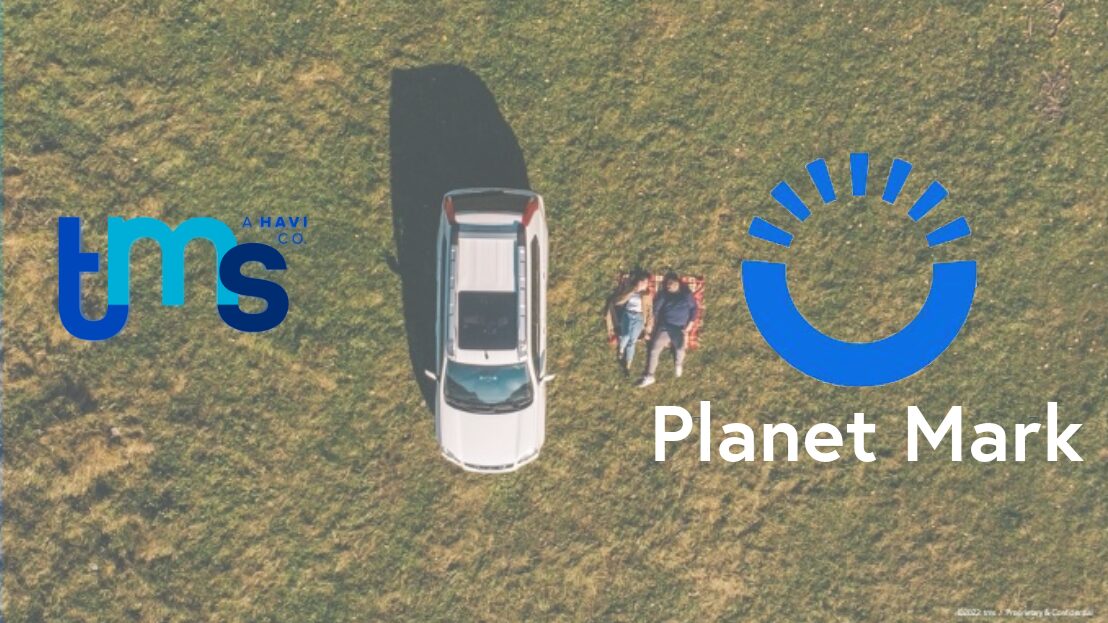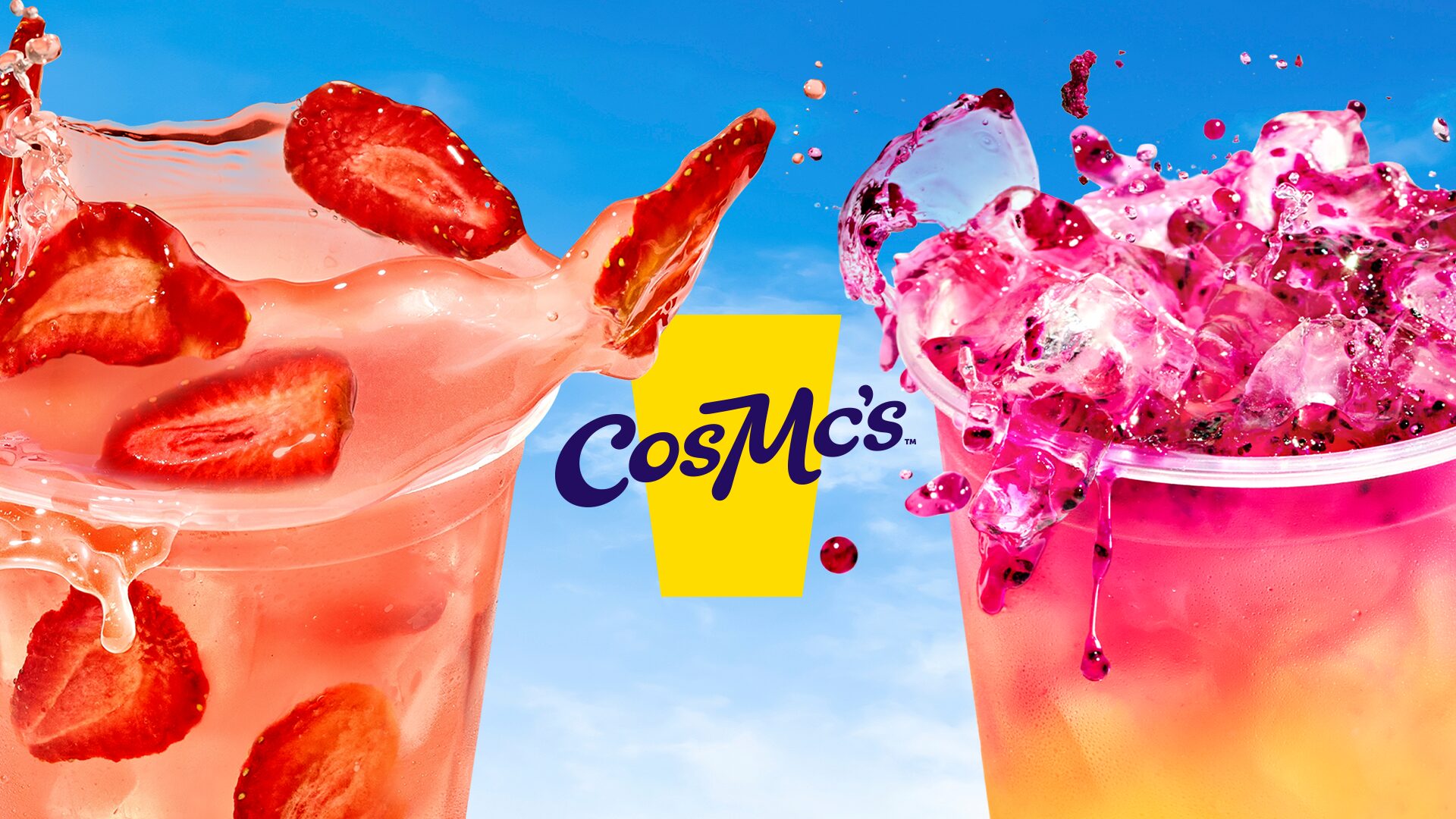The world is more open to change than ever before, now is the time to replace rhetoric with action


2020 robbed us of many things that should have been but weren’t: birthday parties, graduations, weddings. But it also brought less of the things that were but shouldn’t have been: unnecessary consumption, the fragmentation of community values, environmental harm.
If the events of this spring and summer have shown us anything, it’s that public opinion appears ready for positive change, shaped by a desire to create more things that should have been, but rarely were: awareness, empathy, justice.
For brands that want a place in the new world order, now is the time to act.
For tms’s (formerly The Marketing Store’s) new research report, If Not Now, When? we interviewed 3,000 European consumers to better understand why and how their attitudes towards brands had changed over 2020 and we learned that 39% of them are now actively avoiding brands they used to purchase before lockdown.
As the new year looms and uncertainty around the pandemic shows no sign of abating, here are the five actions we believe brands should be taking if they want to thrive in 2021 and beyond:
1. Put proof behind your purpose
72% of Gen Zs, 72% of Millennials and 59% of Gen Xers prefer to buy from brands that do good, compared to just 49% of boomers.
Raised in an era where they have inherited environmental, social and community crises, Gen Z, branded the ‘give AF’ generation, have been a key voice in driving societal change. Yet, Gen Z are only the vanguard of a silent majority of Millennials and Gen Xers that share the same values. As a palpable sense of needing to take action is shooting through the world, causal purpose can no longer live as an advertising promise. Purpose must be proven.
As you plan for 2021, audit your brand purpose across the entire customer journey. Where do you talk about it? How do you prove it? Does it manifest in every touchpoint of your customer experience? A truly purpose-led brand creates products or services that reflect its customers’ cultural and social values and uses the entirety of the customer journey to tell, and prove, that story.
2. Build communities based on co-creation
54% of Gen Z have made money from something they have created and for one in 20 it’s their main source of income.
The 2008 recession created a ‘lost generation’ of disenfranchised young people, mistrusting of brands and institutions. Today, advances in data and technology have fuelled a culture of creative entrepreneurialism that offers a palpable threat to legacy brands.
It’s now easier than ever to create a global brand from your bedroom. And so, if the COVID recession results in another ‘lost generation’, they won’t be just be cynical of institutions and brands, they will compete against them. In time, they could replace them.
Brands need to make co-creation an integral part of both product and brand development. Partner with accelerators, younger, marginalised or minority audiences, niche brands and entrepreneurs who may not be known to the mainstream but have the power to shape the mainstream. Empower them to empower you by providing them with training, funding and exposure, or risk them leaving your brand for dust.
3. Rethink the old rules of engagement
Over half of customers (55%) question whether brands know them at all when they contact them.
Ongoing lockdowns have provided marketers with a disruptive pause to think about the deeper demographic and behavioural fundamentals behind customer marketing. Who really are your customers? What constitutes a value exchange? And what age-old assumptions in how they behave may now be put into question? These fundamentals are often so heavily assumed, that they are copied and pasted into most strategies and briefs. We assume who the customer is, how they behave, and all effort is placed in how to effectively engage them.
But lockdowns have fundamentally changed people’s behaviours, quite possibly for good; 52% of consumers believe their behaviour patterns have changed greatly this year. And 49% are either finding reintegrating old routines difficult or not even trying.
To engage an evolving customer, you first need to understand what you’ve got wrong about them. So, start by re-evaluating your CRM and loyalty schemes. What are the challenges that you can never seem to shift the dial on, no matter what you do? Could any of these stem from now invalid assumptions around who your customers are and what they want?
4. Interrogate the value you bring to consumers’ lives
41% of consumers are trying to be conscious of what they do or don’t need.
The pandemic has made a generation sit still and take stock of their lives. The ‘pause’ of Spring 2020 has enabled a cultural reset, ditching the falseness of Instagram culture, rediscovering meaningful social connections and questioning the necessity of consumption. Brand authenticity and ethical consumerism, emerging forces pre-COVID, will only be accelerated as we head into 2021.
To succeed in a world where commerce has a conscience, brands need to focus on speaking honestly and acting transparently. The idea that brands need to be infallible in order to be trusted is dated. Instead, develop a transparent means of communication with customers in channels that create dialogue (loyalty, CRM, social media) and invest in adding value to local communities. Grassroots initiatives can be expensive, so consider how technology or even collaboration with other brands outside of your own sector can create community impact in a cost-efficient way.
5. Understand data-created problems
There is an exact 50:50 split between those who value convenience when buying a product, and those who value buying from a brand they love.
As we enter the 2020s, a new myopia of marketing is emerging with agencies and brands alike striving to build a ‘frictionless future’.
Yet, if marketing’s great myopias tell us anything, it’s that focusing or fixing one part of customer behaviour creates a new set of unintended consequences. In a frictionless future, the next generation of problems are already beginning to emerge. Making it easier to buy than ever lowers customer tolerance and patience, erodes brand loyalty and turns brands into commodities in a world of auto-subscriptions and one-click buys.
So, focus on customer-centricity, yes, but remember that it won’t solve all of your problems. Begin to detect and plan for ‘data-created problems’ and search for new ways to use data to create friction in a friction-less world.
Remember that opportunity is where the unchanged customer meets a changed world. Or a changed customer meets an unchanged world. The longer your brand waits, the smaller the ‘cracks’ between the changed and unchanged, become. So, think big, start small, act decisively because, if not now, when?
This article originally appeared on BITE by Creativebrief.
Trending



